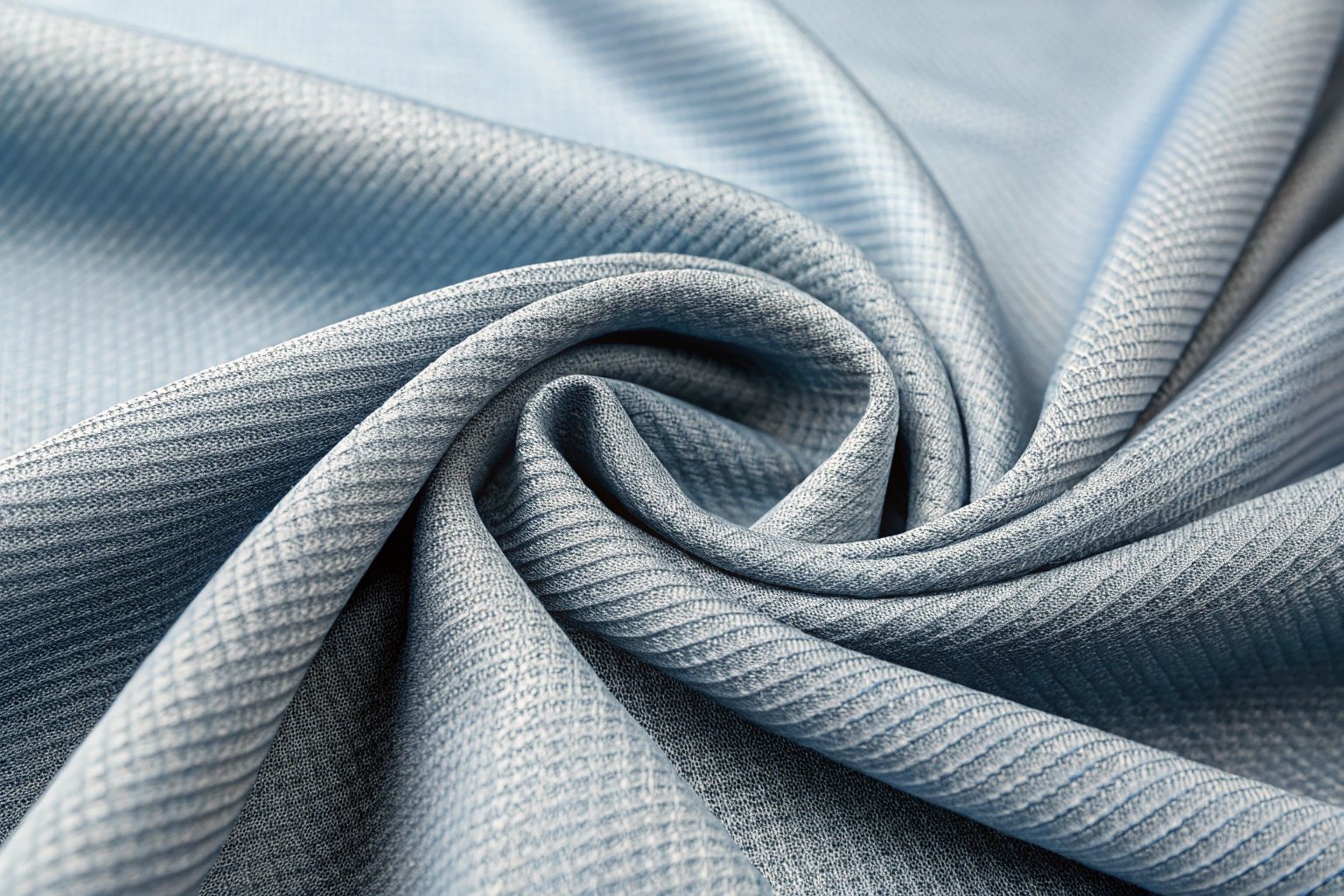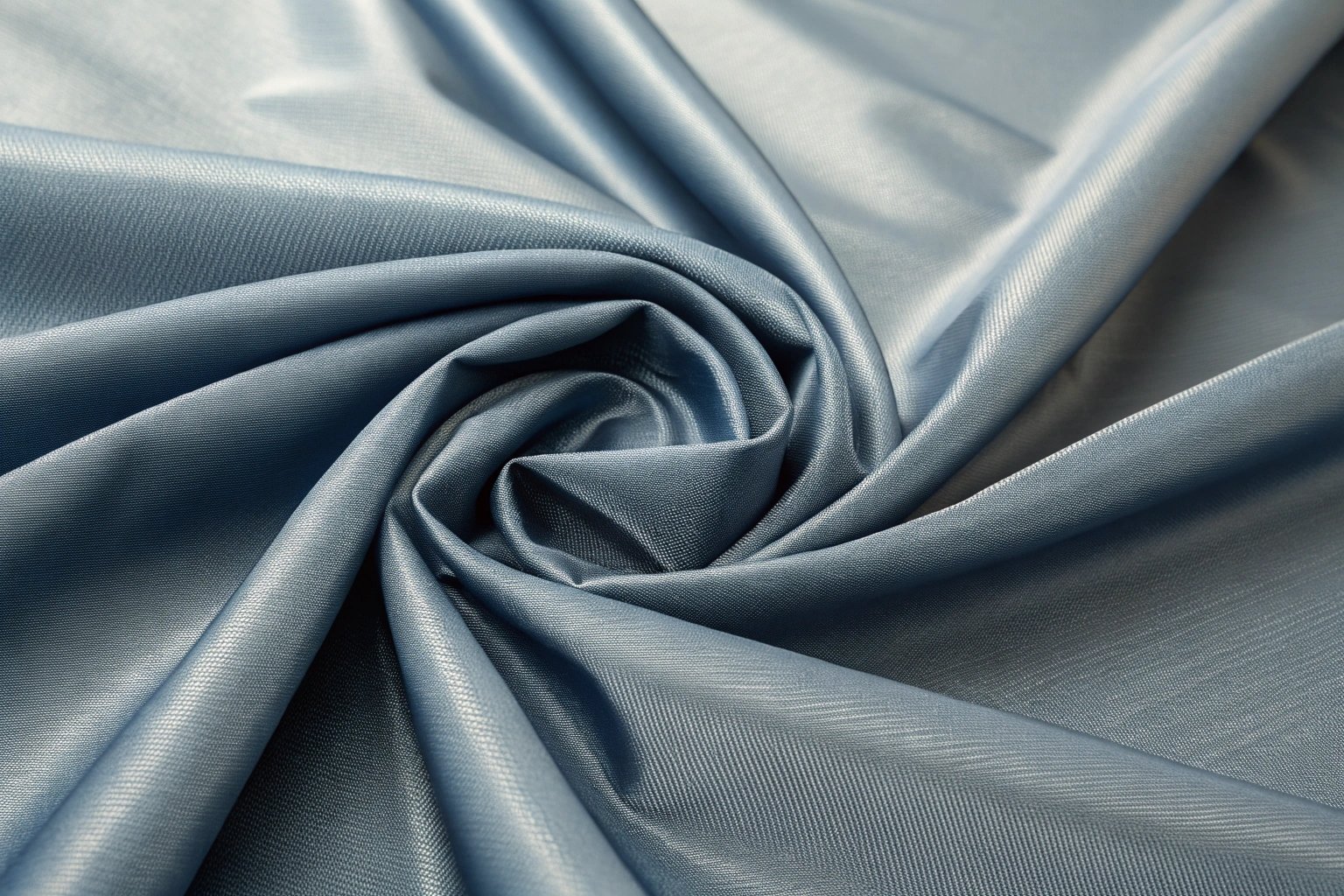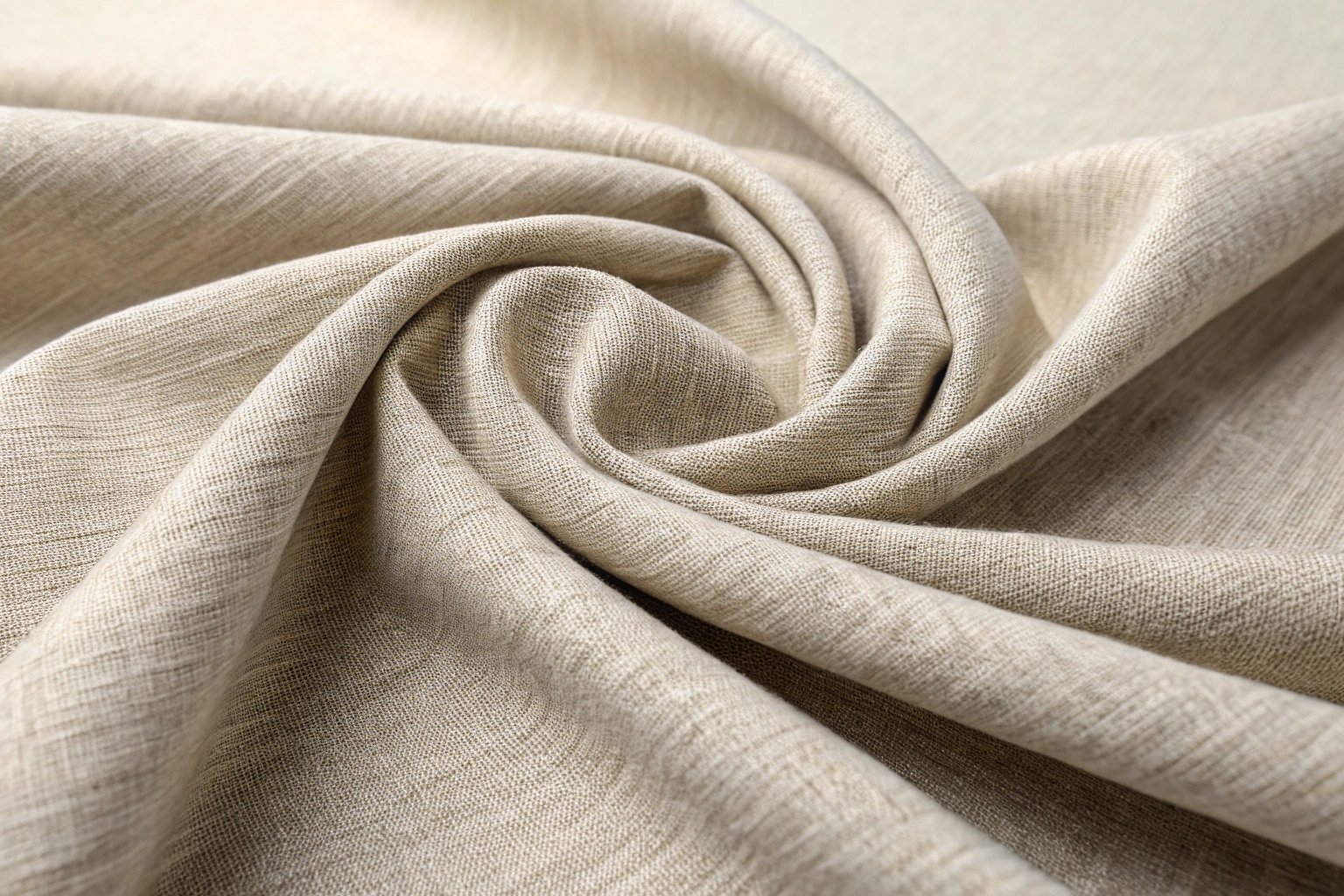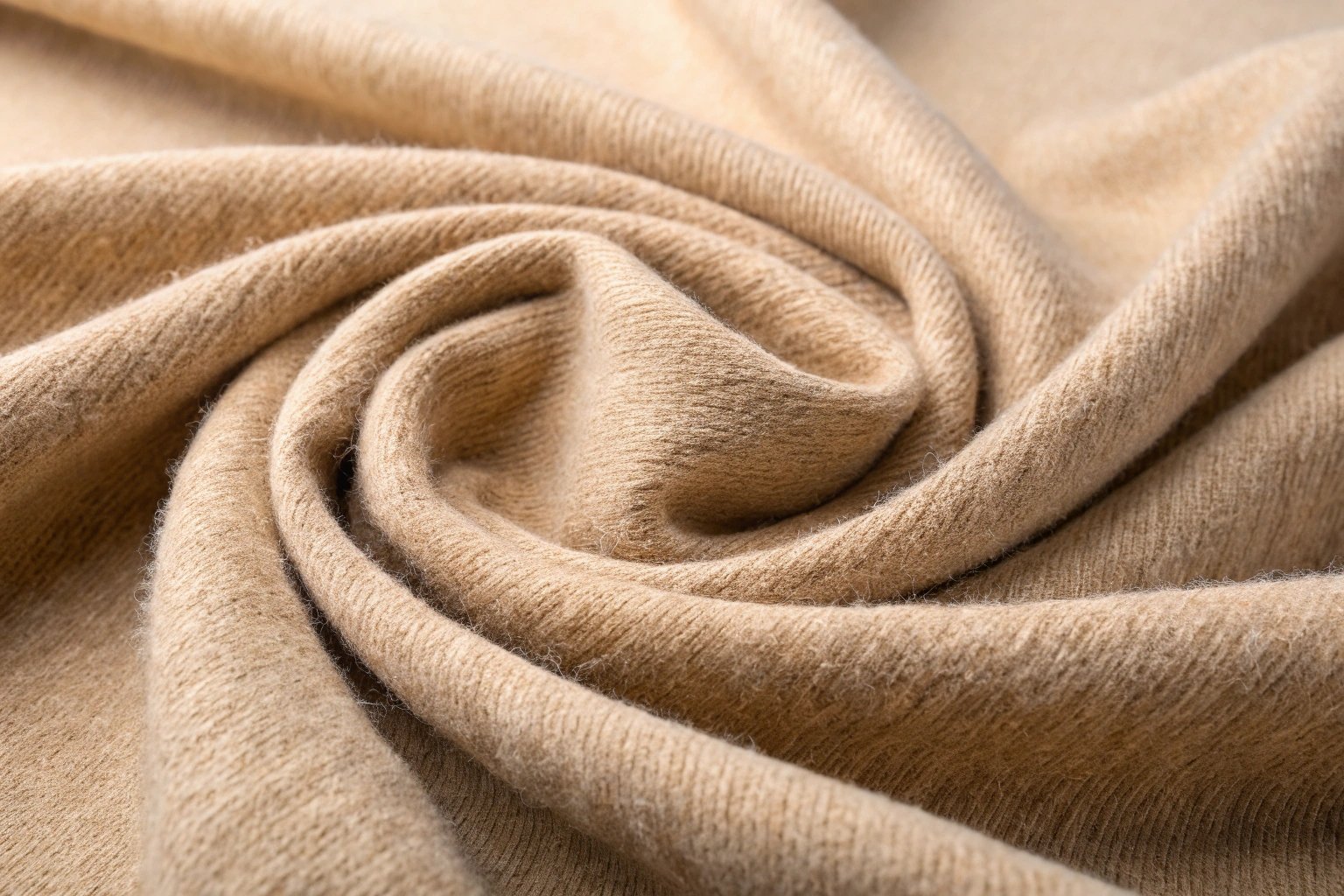Sportswear is designed to enhance performance, comfort, and durability during physical activities. The fabrics used in sportswear play a crucial role in keeping athletes comfortable, dry, and able to move freely. Different fabrics are chosen based on the type of sport, the climate, and the specific performance needs of the athlete. In this guide, we’ll explore the five most dominant fabrics used in sportswear and answer some common questions about fabric choices for activewear.
Which fabric is best for sportswear?
The best fabric for sportswear depends on several factors including breathability, moisture-wicking, stretch, and durability. The most popular fabrics for sportswear are polyester, nylon, spandex, cotton blends, and merino wool. Each fabric offers unique benefits, such as moisture-wicking properties to keep you dry or stretch to allow for maximum movement.
Polyester

Polyester is the most commonly used fabric in sportswear. It is lightweight, durable, and moisture-wicking, making it ideal for activewear. Polyester helps to keep sweat away from the body, keeping athletes dry and comfortable.
Why it works: Polyester’s moisture-wicking properties make it a popular choice for a wide range of sports. It is resistant to shrinking, fading, and wrinkling, making it long-lasting. Additionally, polyester is affordable, lightweight, and can be easily blended with other materials.
Nylon

Nylon is a synthetic fabric known for its strength, elasticity, and abrasion resistance. It is highly durable, lightweight, and offers excellent stretch, making it suitable for tight-fitting sportswear like leggings and compression garments.
Why it works: Nylon’s stretch and durability make it ideal for activewear that needs to endure repetitive motion and stretching. It’s also quick-drying and breathable, which helps to regulate temperature and moisture.
Best for: Yoga pants, gym leggings, and outdoor gear like running jackets.
Spandex (Lycra/Elastane)

Spandex (also known as Lycra or Elastane) is a stretchy, form-fitting fabric that provides maximum flexibility and movement. It can stretch up to five times its original size, making it the go-to fabric for high-performance sportswear, such as gym gear, cycling shorts, and compression garments.
Why it works: Spandex’s ability to stretch without losing shape allows for full range of motion, making it perfect for activities that require flexibility, like running, gymnastics, and dance. It also helps reduce muscle fatigue by providing compression, improving circulation during physical activities.
Best for: Compression wear, activewear, swimwear, and team sports uniforms.
Cotton Blends

Cotton blends are a mix of cotton and synthetic fibers like polyester or spandex. While cotton alone can absorb sweat and become heavy, cotton blends retain the softness and comfort of cotton while offering moisture-wicking capabilities and stretch.
Why it works: Cotton blends provide comfort and breathability while maintaining durability and flexibility. The synthetic fibers improve the fabric’s moisture-wicking and quick-drying properties, making it suitable for light physical activity.
Best for: Casual workout wear, light jogging, and everyday activewear.
Merino Wool

Merino wool is a natural fiber known for its softness, breathability, and temperature regulation properties. Unlike regular wool, merino wool is fine and soft, making it comfortable to wear against the skin. It also offers natural moisture-wicking and odor-resistant properties, making it a great option for activewear.
Why it works: Merino wool is highly breathable and helps regulate body temperature, which makes it an excellent choice for outdoor sports in varying weather conditions. It also has the added benefit of being odor-resistant, keeping you feeling fresh even after prolonged physical activity.
Best for: Outdoor sports, hiking, running, and cold-weather gear.
Is 100% cotton good for sports?

While 100% cotton is soft, breathable, and comfortable, it is generally not ideal for high-performance sports. Cotton absorbs moisture, which can make it feel heavy and uncomfortable during intense physical activity. When cotton absorbs sweat, it can also become soggy and slow to dry, leading to chafing and discomfort.
Why it works: Cotton is best for light activities where you’re not likely to sweat heavily, such as casual jogging or walking. For high-intensity sports, synthetic fabrics like polyester or nylon are better at wicking moisture away from the body.
Best for: Light physical activities, casual sportswear, or gym sessions where you don’t sweat excessively.
Is 100% polyester good for the gym?
Yes, 100% polyester is an excellent fabric for the gym, especially for high-intensity workouts. Polyester is moisture-wicking, meaning it pulls sweat away from your body, keeping you dry and comfortable during exercise. It’s also lightweight, durable, and quick-drying, making it ideal for workout clothes that need to withstand constant movement and sweating.
Why it works: Polyester’s breathability and durability make it one of the most popular fabrics for gym wear. It also resists shrinking and fading, which ensures that your gym gear lasts longer, even after repeated washes.
Best for: Gym wear, workout gear, running clothes, and yoga attire.
What Fibre is used to make sportswear?
Sportswear is typically made from a mix of natural and synthetic fibers that are chosen for their breathability, stretch, durability, and moisture-wicking properties. The most common fibers used in sportswear are polyester, nylon, spandex, cotton blends, and merino wool.
Why it works: These fibers are chosen to enhance performance during physical activity, offering flexibility, comfort, and moisture control. Synthetic fibers like polyester and nylon are often blended with natural fibers to improve the garment’s stretch, moisture-wicking, and quick-drying abilities, making sportswear more functional.
Best for: Sportswear, activewear, performance gear, and casual gym attire.
Conclusion
The fabric you choose for sportswear plays a significant role in its performance and comfort. While polyester, nylon, and spandex are the most popular fabrics for performance wear due to their moisture-wicking and stretch properties, cotton blends and merino wool offer their own benefits in terms of comfort and breathability. When selecting sportswear, consider the activity you will be engaging in, the climate, and your personal preference for fabric feel. With the right material, you can enhance your comfort, performance, and overall workout experience.

